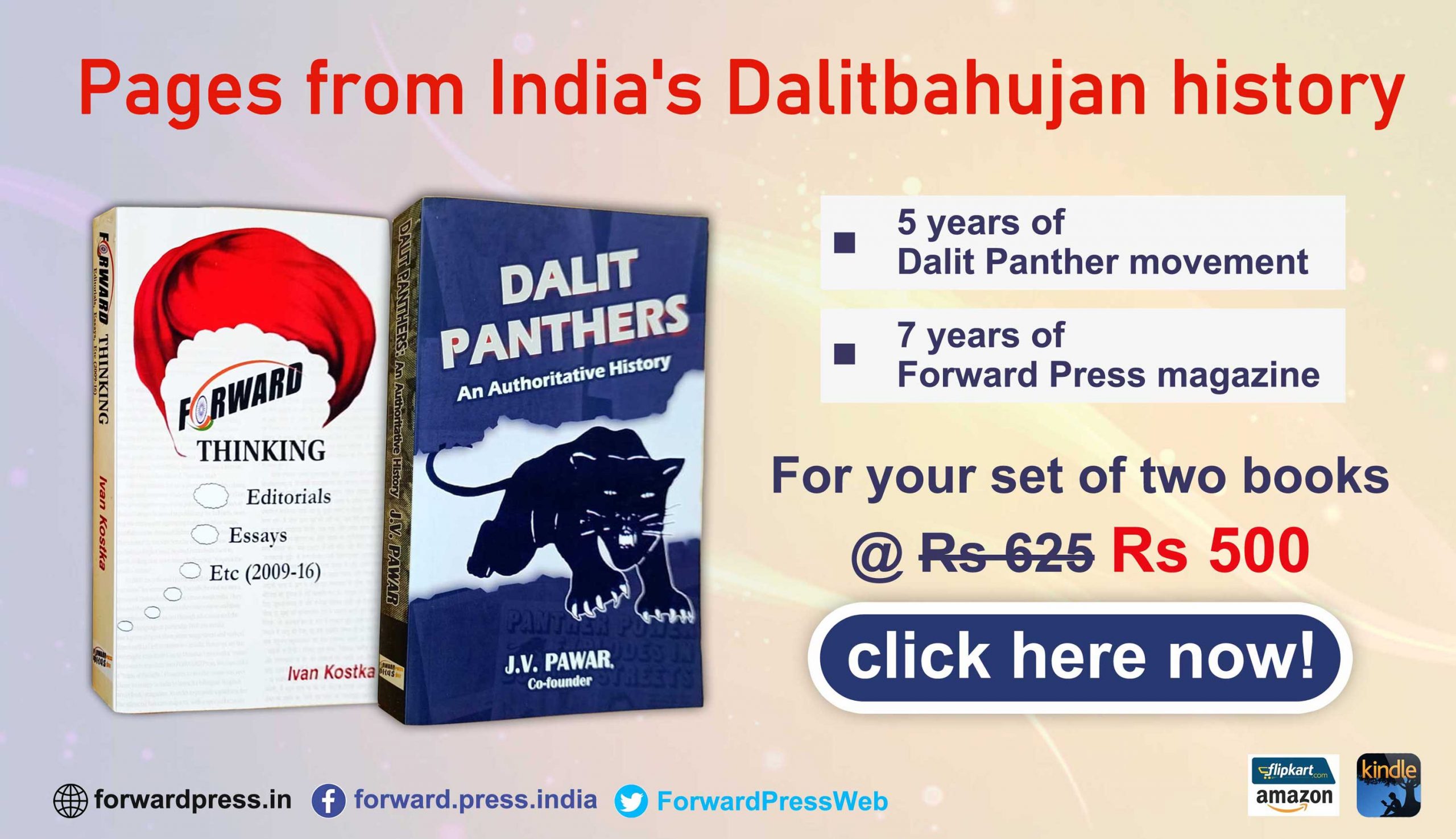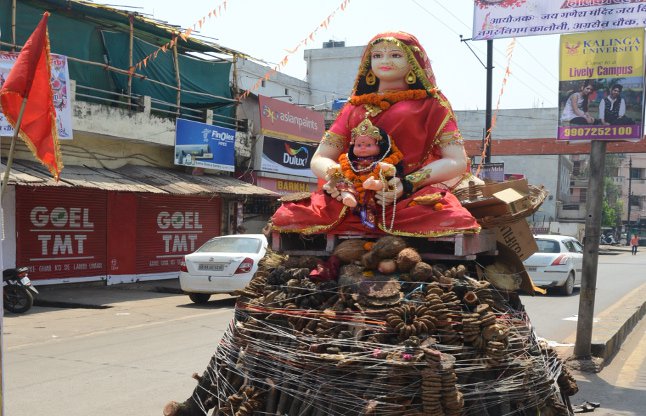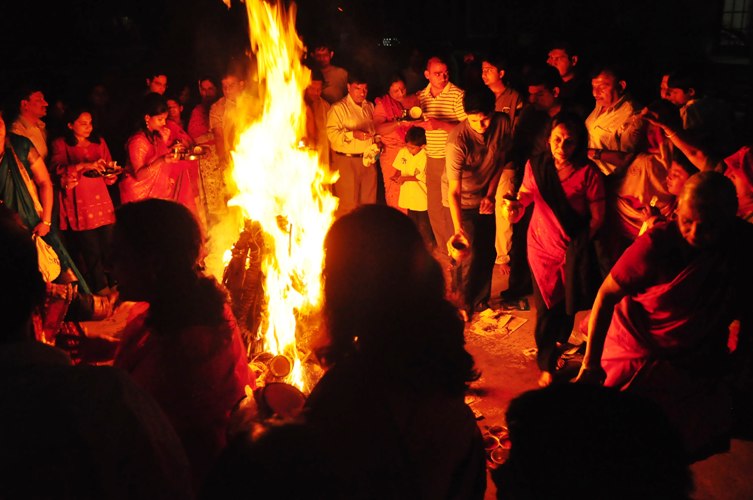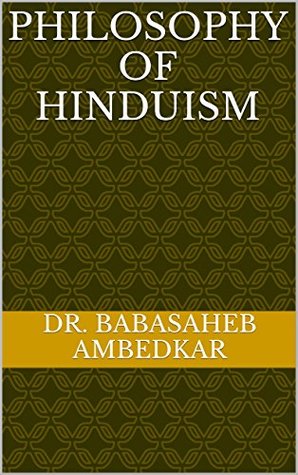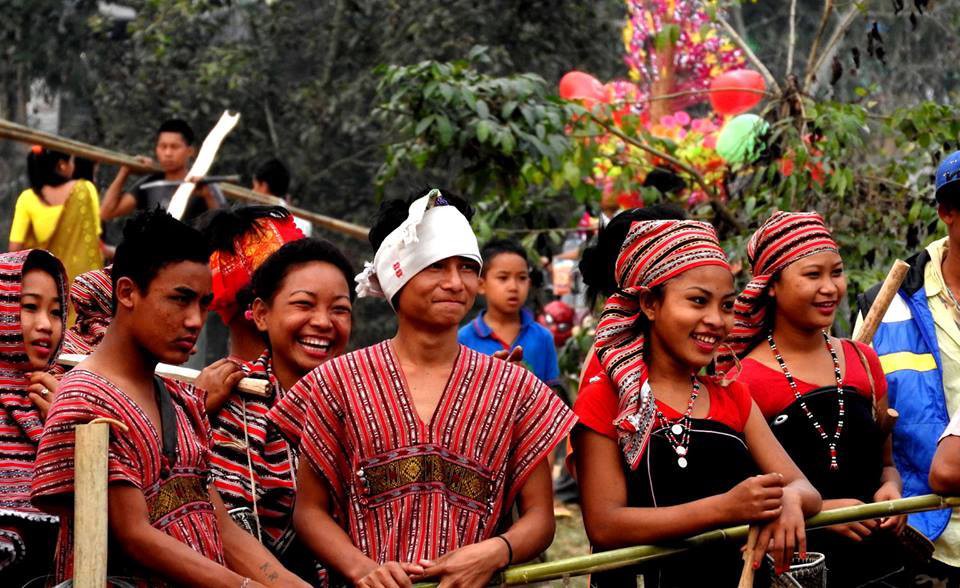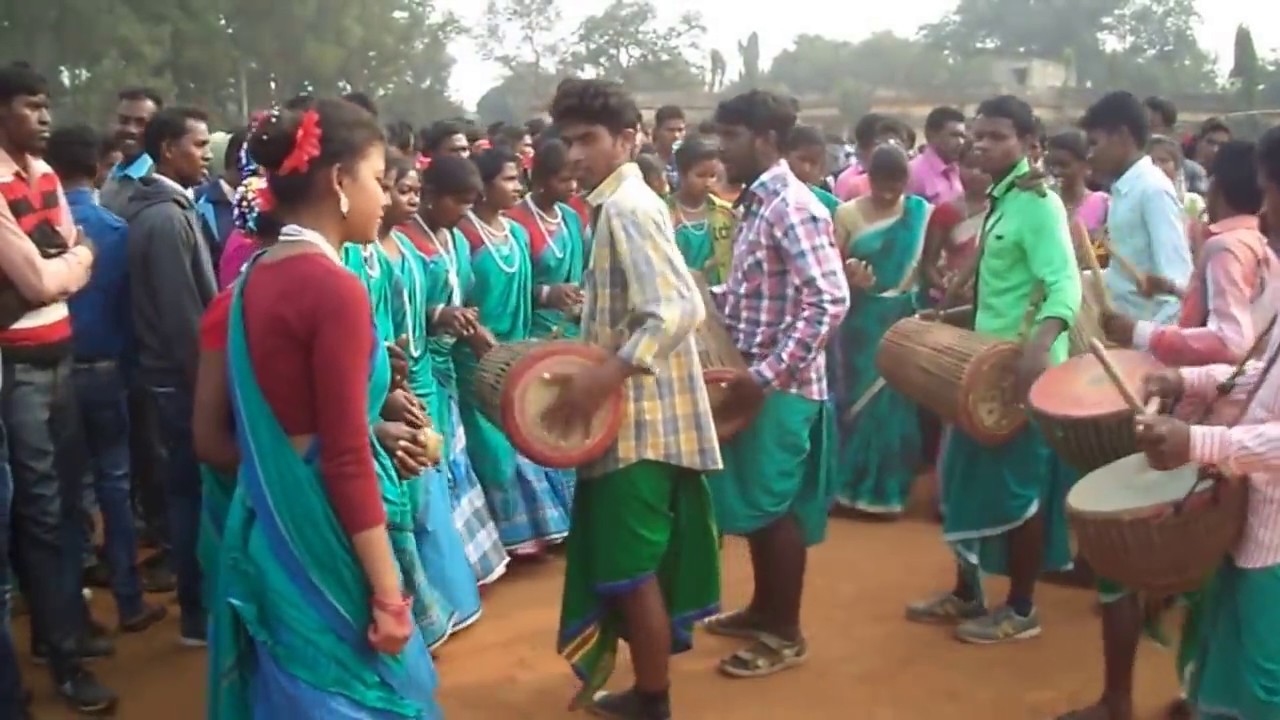“Today’s Hindus are staunch opponents of Marxism,” Dr Ambedkar writes in his book Philosophy of Hinduism. “And that is because they fear its construct of class struggle. But they forget that India has not only been the land of class struggles but also of class wars.”
And here is what the Rigveda (10, 22-8) says, “O’ Indra, all around us are the demons who do not perform yagnas and do not believe [in divine power]. They are against worship of the Vedas. They are not humans. Annihilate them.”
It is clear that class struggle and class wars are not new to India. The battle between the Devs and the Asurs that began in the Vedic era continues even in the 21st century in democratic India. The Devs not only killed their Asur opponents but also gave these cold-blooded murders the veneer of victory of good over evil and celebrated them in a massive scale. Almost all Hindu festivals are based on the Dev-Asur battles, be it Durga Puja, Dussehra, Diwali or Holi. All of them are celebrations of the killings of Asurs at the hands of Devs, that is Brahmins. The Brahmins harboured an intense dislike for all ideologies and beliefs that were against them. They wanted to establish their rule over the indigenous inhabitants. As part of a strategy, they first sent priests to these areas. The priests established their ashrams and began holding yagnas, etc. Those opposing the yagnas were killed. They also won over some indigenous inhabitants through inducement. Even today, many Dalit-OBC intellectuals are arrayed with the brahmanical forces. With the help of these turncoats, the Brahmins ended the rule of their opponents and established their colonies. From Bali, Hiranyakashyap, Shambar, Divodas and Ravana to the Mauryan Empire – they used almost the same stratagems. Someone has rightly said that history repeats itself. The Mughals and the British too used the missionaries to establish their rule in India. However, even in colonial India, Brahmins continued to rule the roost.
The Puranic class struggle against the Asur rulers and their institutions can be compared with the battle launched by the ABVP against the Dalit and leftist forces on university campuses today. Here, I would like to analyze the legend of Hiranyakashyap and Prahlad. According to Mahabharata, Prahlad defeated Indra and took over his kingdom. Due to his virtues, Prahlad was very popular among the people. Indra realized that he would not be able to win back his kingdom through war, so he went to Prahlad disguised as a Brahmin and asked about his religion. Prahlad preached his Sanatan Dharma to the Indra. Prahlad was so pleased with his disciple that he wanted to grant him a wish. Indra, disguised as a Brahmin, said, “I want to have your virtues”. Indra thus walked away with Prahlad’s religion and virtues.
This is not the only instance of Brahmins vanquishing the anti-Dev Asurs through deceit. Their mythology, which they love to call history, is replete with such stories. Eklavya also became the victim of a similar deceit. Dronacharya demanded Eklavya’s thumb and deprived the excellent archer of his skill. The Sanatan religion that Prahlad taught Indra was not the Vedic religion that upholds the varna system. Why would Indra need to learn that religion when he himself practised it? Indra had sought Prahlad’s anti-Dev religion. Once he had relinquished his religion, Prahlad fell in the eyes of his community and Indra got back his lost kingdom. The same thing happened to Bali. Vishnu, disguised as a dwarf Brahmin, took away Bali’s kingdom. Many myths say that Prahlad had warned his grandson Bali that the dwarf Brahmin was in fact Vishnu. In another story (Devbhagwat Purana), Prahlad bitterly complains that Indra has deceived his grandson Bali by disguising himself as a Brahmin. Yet another myth (from Skandapurana) says that Indra had asked for the head of Bali’s father Virochan. Indra said, “Give me your head,” and without any demur, Virochan severed his head and gave it to Indra.
It is true that mythology is not history but it does tell us about the politics of the Devs, about how the Asurs were brutally murdered in class wars. No person can or will himself cut his thumb or head and hand it over to someone else. Severing your head yourself and then giving it to someone else is impossible. The fact is that Eklavya’s thumb was forcibly severed and Virochan was murdered. Even today, murders committed for the sake of religion are given a mythical colour. The Puranas did the same. They did not stop at that. They presented the anti-Dev Asurs as unadulterated villains.
The murder of Prahlad’s father Hiranyakashyap was even more brutal. Narsingh murdered him in his own palace. It seems that the Brahmins had targeted the entire clan of this Asur king and they did not rest till the last member was killed. According to Vishnu Purana and Bhagwat Purana, Brahma granted Hiranyakashyap a boon that neither a man, nor a god, nor an animal could kill him. He could neither be killed inside his home or outside it; neither on the earth, nor in the sky; neither by a hand-held weapon not by a weapon that is used from a distance. Assured that he was invincible, Hiranyakashyap began running amok. He became a menace on earth as well as in heaven. His son Prahlad was an ardent devotee of Vishnu and insisted on accepting him as the omnipresent god. Hiranyakashyap was so angry that he threatened Prahlad with death. He kicked a column of his palace and asked “Is Vishnu here too?” Immediately, the column opened up and from it emerged a half-man, half-lion (Narsingh). He laid Hiranyakashyap on his lap and tore open his chest with his long and sharp claws. Then, the Vishnu-devotee Prahlad became the ruler of the Asurs, who gave up their opposition to the Devas and instead became devoted to them.
This story was repeated with other Asurs in place of Hiranyakashyap. The story of the battle between Asur Vritra (or Namuchi), who had the boon that he could be killed neither during the day nor at night and neither on land nor in water, and Indra is a case in point. He was slain by Indra at “godhuli” (the time when the day and the night meet) on a sea beach. The stories of the murders of Ravana and Mahisha are also similar.
These stories challenge nature. All living beings have to die. No one is immortal. Only in Hindu mythology do gods give the boon of immortality to many humans, yet none of them survive. It is also difficult to fathom how Prahlad, who warns Raja Bali against the trickery of Vishnu, could be such an ardent devotee of Vishnu. If he was so dear to Vishnu that he appeared in the form of Narsingh for his sake, then why did he not entreat him to spare his father? Why did he allow his father to be murdered before his very own eyes? This story is thus an attempt to prove that Prahlad sacrificed his Asur religion, his Asur culture and even his father because of his love for Vishnu.
Like Bali and Virochan, Hiranyakashyap too had refused to bow to the Brahmins and had fought in the interest of the Asurs till his last breath. The Brahmins lured his son Prahlad with the promise of making him the ruler. But Hiranyakashyap did not give up even then. Ultimately, Prahlad’s devotion to Vishnu led to his downfall. Prahlad played the same role as Vibhishan.
In this respect, we need to turn to Jotiba Phule. He was probably the first person to attempt a close, scientific analysis of the Hindu mythological stories. He writes in his book Gulamgiri, “After the death of Varah, Narsingh became the chief of the dwijs. He decided to murder Hiranyakashyap, for he realized that he would not to be able to conquer the kingdom of Hiranyakashyap without murdering him. He used the services of a dwij teacher to brainwash Prahlad and turn him into an admirer of the religion and beliefs of the dwijs. It was because of this extraneous influence that Prahlad stopped worshipping his family deity Harhar. Prahlad was so obsessed with the dwijs that Hiranyakashyap’s attempts to make him see the truth came to naught. Then, Narsingh tried to persuade Prahlad into killing his father. But Prahlad could not gather the courage to do so. Ultimately, Narsingh had his body painted, covered himself with a sari and, wearing the mask of a lion, hid behind a column in Hiranyakashyap’s palace with the help of Prahlad. When Hiranyakashyap was in bed, Narsingh attacked him and tore up his stomach using a weapon made of the claws of a tiger.” After murdering Hiranyakashyap, Mahatma Phule writes, Narsingh, along with other dwijs, escaped to his own country. When the Kshatriyas came to know of this, they started calling the Aryans “vipriya” (not dear or deceitful or cruel) instead of dwij. And from “vipriya” emerged the word “vipra” (a synonym for Brahmin).
Holika, Hiranyakashyap’s sister, also figures in this story. Holika got a boon that fire wouldn’t burn her. She had a bed sheet that never caught fire. It is said that Hiranyakashyap decided to kill Prahlad with the help of his sister. Holika, with Prahlad in her lap, sat on a raging fire. But due to Vishnu’s blessings, Prahlad escaped unhurt while Holika was burnt to death. It is said that this is how the Holi celebrations began.
Is this story believable? The real story is that after the murder of Hiranyakashyap, his sister launched a front against the Devs. She had also warned Prahlad that Brahmin nationalism would annihilate Asur culture. She was the last hurdle in the way of the Brahmins. They could establish their rule, with Prahlad as the titular head, only after killing Holika. One day, the Brahmins, armed with wooden sticks, burnt Holika to death. The occasion was celebrated with the blowing of drums and trumpets. Holi is the celebration of the victory of Brahmanism. Now, instead of sticks, they hold sugarcane shoots in their hands. And DJs have replaced drums and trumpets.
For more information on Mahishasur, see Mahishasur: A People’s Hero. The book is available both in English and Hindi. Contact The Marginalised, Delhi (Phone: 9968527911).
Or, find the book on Amazon: Mahishasur: A People’s Hero (English edition), Mahishasur: Ek Jan Nayak (Hindi edition)
And on Flipkart: Mahishasur: A People’s Hero (English edition), Mahishasur: Ek Jan Nayak (Hindi edition)
